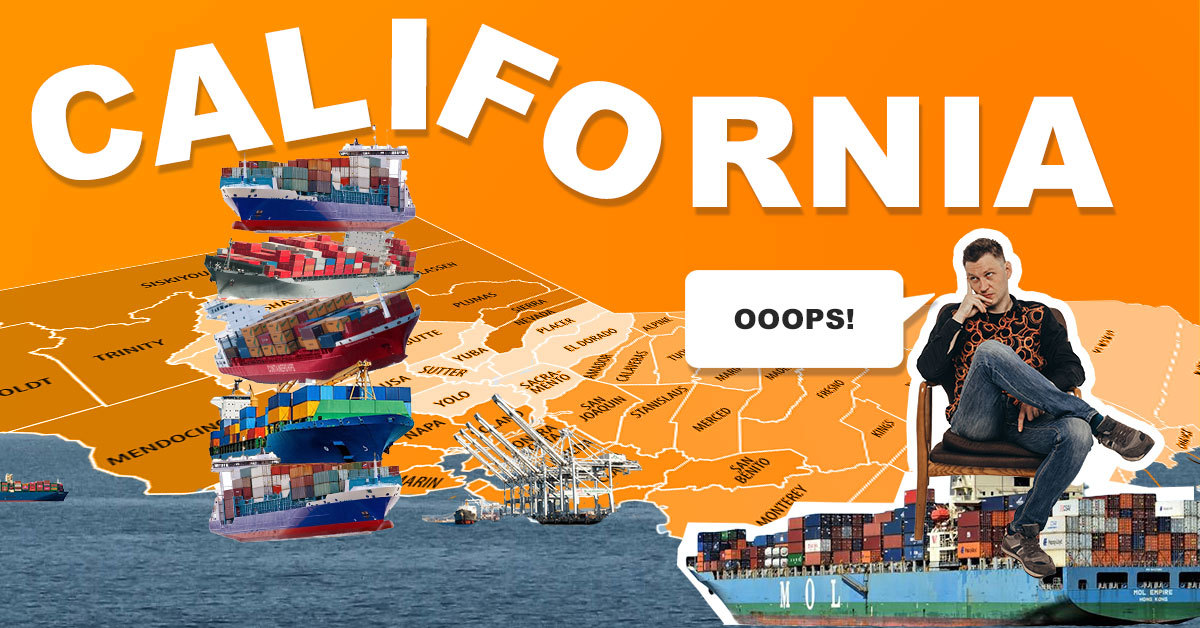A recent report by Adobe shows that e-commerce is experiencing many of the same pricing pressures in the broader economy due to supply chain problems, higher shipping and labor costs.
Online prices rose 1.9% in October from a year earlier and 0.9% from the previous month. It marks the 17th straight month of increases after more than six years of declines in the Adobe Digital Price Index.
This year among the 18 product categories tracked by Adobe, all but one (books) saw higher prices online when indexed to a historical average (2015 to 2019). This was particularly notable in categories that see an uptick in spend during the holiday shopping season, such as electronics and apparel.
“After 17 consecutive months of online inflation, we are entering a new normal in the digital economy. As e-commerce takes on a greater share of overall retail, the pricing trends have become a more important indicator of net impact to consumers”, says says Vivek Pandya, lead analyst of Adobe Digital Insights.
Also, last month consumers saw over 2 billion out-of-stock messages online, according to the Adobe report. Ongoing supply-chain disruptions and strong demand will probably keep pushing prices up.
The silver lining is that online price increases remain far below overall inflation, which rose 6.2% last month in the US, the fastest annual pace since 1990, notes Bloomberg.
Adobe analyzes 1 trillion visits to retail sites and over 100 million products.
More Amazon news

China energy crisis wreaks havoc in the manufacturing sector
China in the dark Factories in China's busiest manufacturing provinces have been ordered to suspend production for up to a week or even longer, prompting concern global supplies of goods might be disrupted. China is in the midst of an energy crisis that has turned...

China stands up to protect intellectual property
E-commerce sites must guard intellectual property or be shut in China China plans to tighten oversight of e-commerce platforms like Alibaba Group over the infringement of intellectual property rights. Companies would lose their trading...

Record-breaking congestion in California ports
No quick fix for the shipping crisis 44 freight ships are stuck awaiting entry into California's two largest ports. This is the largest congestion since the beginning of the pandemic. The queue is a result of the labor shortage, COVID-19-related disruptions, and...


